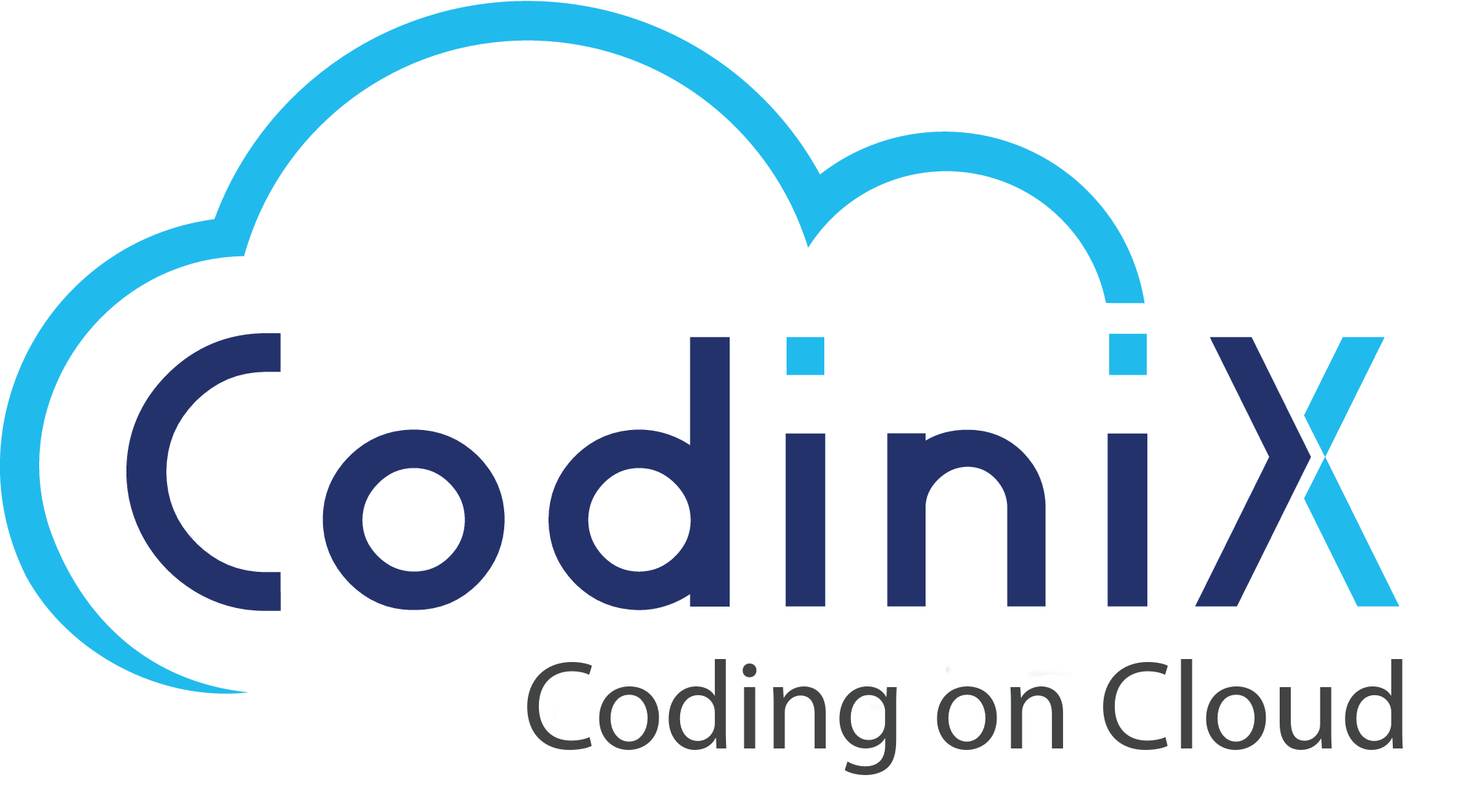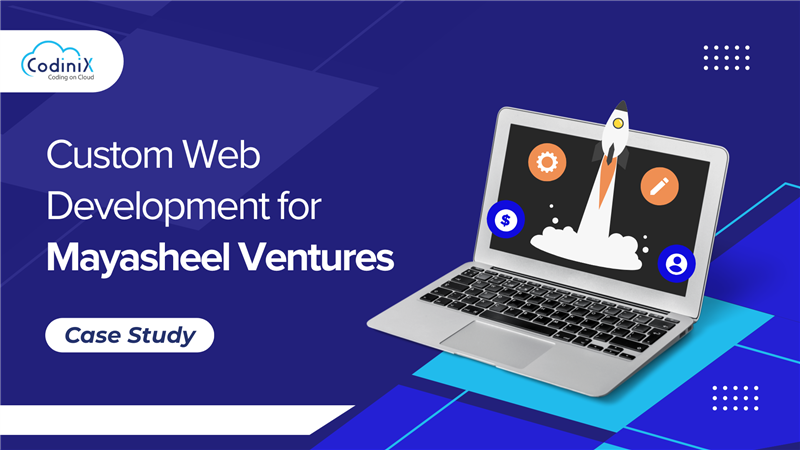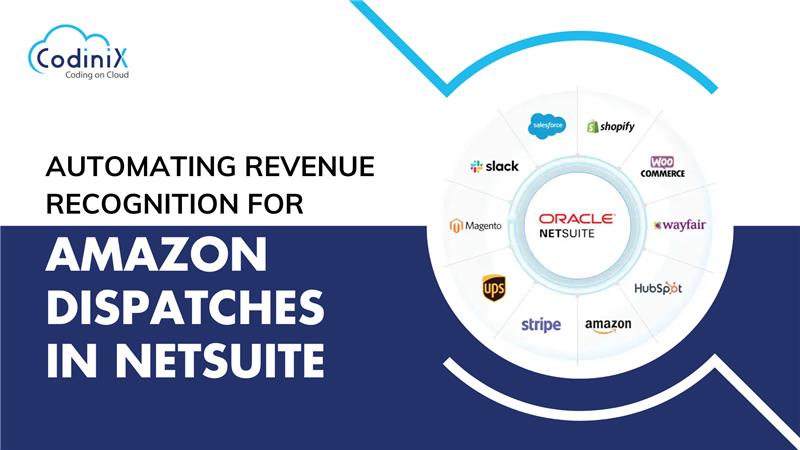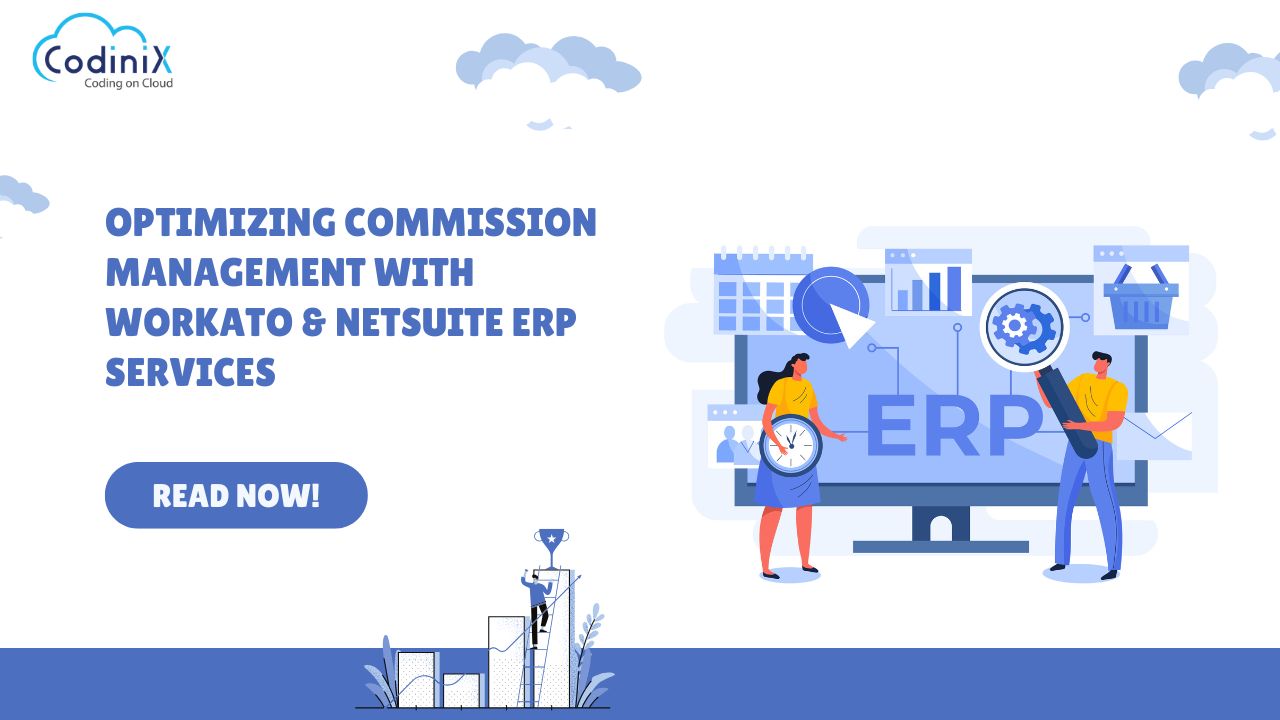Industry: Non-IT industry (Gym /Equipment’s)
Country or Region: Entire USA
Customer Size: 700 employees
Size of development team: 50 employees
Client Name: Leading gym equipment manufacturing company
Requirements
A US-based non-IT company, which was using the Unix-based platform Ruby, wanted to adopt new technological tools for the purpose of development and deployment. In order to accomplish this purpose, the company had the following vision.
Company’s Vision
- To reach target state technologies with minimum and optimized learning curve for the existing development team.
- To assist them more with their assets.
- More efficient execution of all this enabled on the proven benefits of Continuous Integration or Continuous Delivery principles.
Challenges
The company selected Codinix as a partner for accomplishing the procedure and to move away from all in-house development infrastructures. The entire development and deployment environment was required to be included.
The major objectives were:
- Facilitating a better way of working with the environment that is more contemporary as compared to before.
- Ensuring that code sits in the Cloud safely.
The important considerations of Tech Stack included:
- Speed of initial development
- DevOps.
- Continuing maintenance.
- Providing staff the ability to deploy and to make small changes.
- Monthly cost of application (Opex vs Capex).
- Efficient usage of infra.
Some other challenges included:
- Integration with external vendors such as NetSuite Cloud ERP.
- Integration with IoT devices (spread across USA) data, ingestion, and analytics.
Solution Implemented
The expert team of Codinix first gained insights into existing technologies and development procedures. Thereafter, the business was helped to do a seamless transition and software delivery acceleration was enabled with Continuous Integration / Continuous Delivery. PAAS solutions were implemented.
- Key Business Drivers
The workload was migrated to the cloud on the basis of the life and shift approach. While migrating workload, the key business drivers that were triggered included:
- The focus was required to be shifted from underlying infrastructure and platforms to application innovation.
- Incomparable availability, scalability, and agility of cloud resources. These things were needed to be better in all the way as compared to on-premises deployments.
- On-demand usage pattern.
- Pay-as-you-go-cost management.
- The requirement of the above-mentioned ones was to help in converting CAPEX to smaller chunks of OPEX.
- Alternative solutions needed to replace end-of-life hardware/software.
- Effective compliance and security management.
- Requirement for hybrid architecture for leveraging services, which are not available on-premises
- Solution
Azure was used to create both deployment and development infra using ARM templates and Terraform tools. Codinix developed the new capability on serverless architecture. To provide a comfortable feel to the development team with new changes, we agreed to use Linux as the in-house platform. Code was migrated on Azure DevOps with defined security parameters on various aspects, such as IP, zone time slot, and more.
In addition to all this, CI/CD pipelines were enabled for deploying infra as well as pipelines for application deployment. Moreover, some aspects were achieved as by-products, such as Code changes, faster MTTR, and Faster Release Increased Team transparency.







